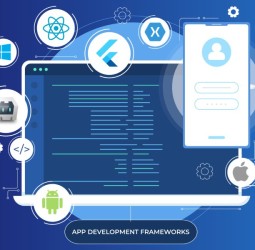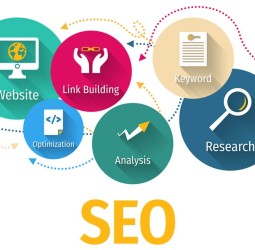What is Artificial Intelligence?
Artificial Intelligence refers to the simulation of human intelligence in machines programmed to think, learn, and make decisions. AI can be broadly categorized into:
-
Narrow AI: Specialized in performing specific tasks (e.g., chatbots, recommendation systems).
-
General AI: Aims to mimic human cognitive abilities across a wide range of tasks.
-
Superintelligent AI: A hypothetical future AI that surpasses human intelligence.
Key Components of AI Technology
-
Machine Learning (ML)
ML focuses on building algorithms that allow machines to learn from data and improve over time without being explicitly programmed.-
Supervised Learning: Learning from labeled data.
-
Unsupervised Learning: Discovering patterns in unlabeled data.
-
Reinforcement Learning: Learning through trial and error.
-
-
Deep Learning (DL)
A subset of ML that uses neural networks to mimic the workings of the human brain for tasks like image and speech recognition. -
Natural Language Processing (NLP)
NLP enables machines to understand, interpret, and respond to human language. Applications include translation, sentiment analysis, and chatbots. -
Computer Vision
AI’s ability to interpret and analyze visual data, such as recognizing faces or detecting objects in images and videos. -
Robotics
AI powers robotics to perform tasks ranging from industrial automation to personal assistance and space exploration.
Applications of AI Across Industries
-
Healthcare
-
Predictive diagnostics and personalized medicine.
-
Robotic surgeries and AI-powered imaging.
-
Virtual health assistants.
-
-
Finance
-
Fraud detection using anomaly detection algorithms.
-
Robo-advisors for investment planning.
-
Automated customer support systems.
-
-
Retail
-
Personalized shopping experiences.
-
AI-driven inventory management.
-
Voice search and virtual try-ons.
-
-
Transportation
-
Autonomous vehicles and route optimization.
-
Traffic management systems.
-
Predictive maintenance for fleets.
-
-
Education
-
AI tutors and personalized learning plans.
-
Grading automation and virtual classrooms.
-
Language translation and accessibility tools.
-
Challenges in AI Technology
-
Ethical Concerns
-
Bias in algorithms leading to unfair outcomes.
-
Privacy violations through data misuse.
-
-
Job Displacement
-
Automation of tasks potentially displacing human workers.
-
-
Security Risks
-
Vulnerabilities in AI systems exploited by malicious actors.
-
-
Regulation and Governance
-
Lack of universal standards and policies for AI deployment.
-
Opportunities and the Future of AI
-
Improved Decision-Making
AI systems are enhancing data-driven decision-making in real-time. -
Augmented Human Capabilities
Collaborative AI tools are amplifying human productivity. -
Sustainability
AI innovations are addressing global challenges, such as climate change and resource management. -
AI for Good
Applications like disaster response, healthcare accessibility, and education are making a positive social impact.
How to Get Started with AI?
If you’re intrigued by AI and want to dive deeper, here are some steps:
-
Learn the Basics
-
Familiarize yourself with programming languages like Python.
-
Study foundational AI concepts and algorithms.
-
-
Explore AI Tools and Platforms
-
TensorFlow, PyTorch, and Scikit-learn for model development.
-
OpenAI for GPT-based applications.
-
-
Build Projects
-
Start with simple projects like chatbots or image classification.
-
Gradually explore advanced concepts like deep learning and reinforcement learning.
-
-
Stay Updated
-
Follow AI research journals and blogs.
-
Engage in communities like Kaggle, GitHub, and AI forums.
-
Conclusion
AI technology is not just a trend; it’s a revolutionary force transforming every facet of human life. As we continue to innovate, it is vital to address the ethical and societal implications of AI. Embracing this technology responsibly will unlock endless possibilities, propelling us into a smarter, more efficient future.


 PTFbuzz
PTFbuzz










